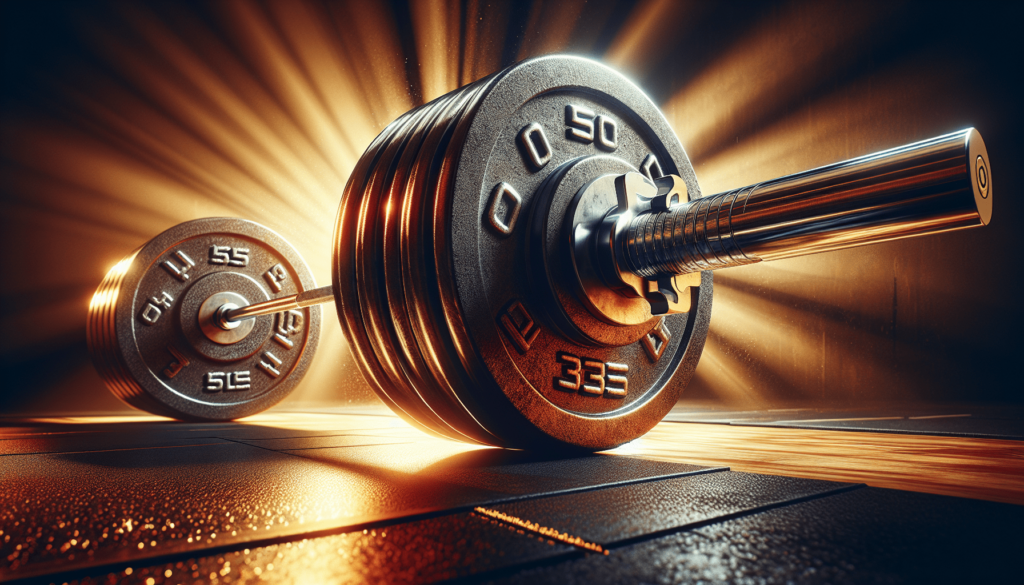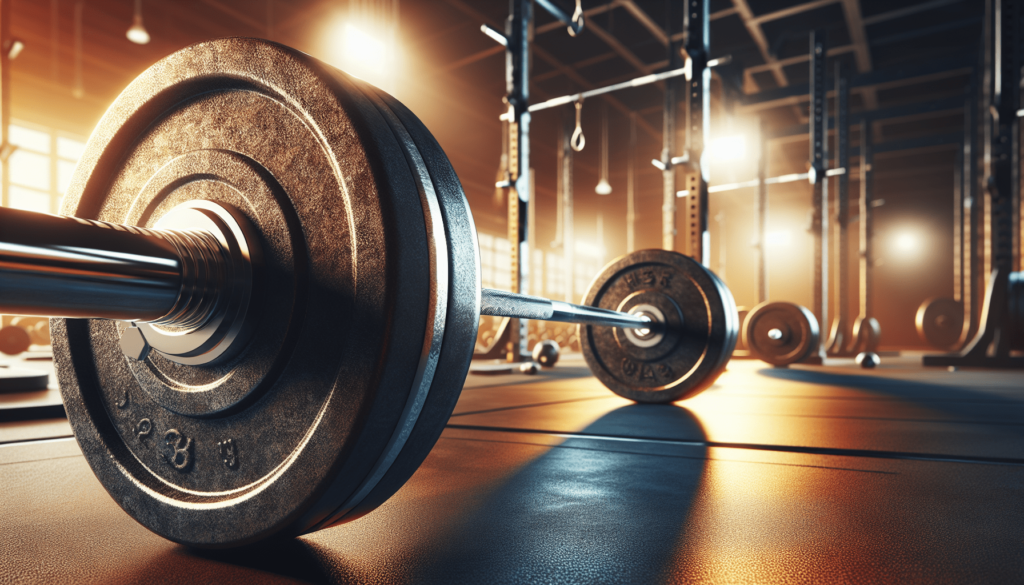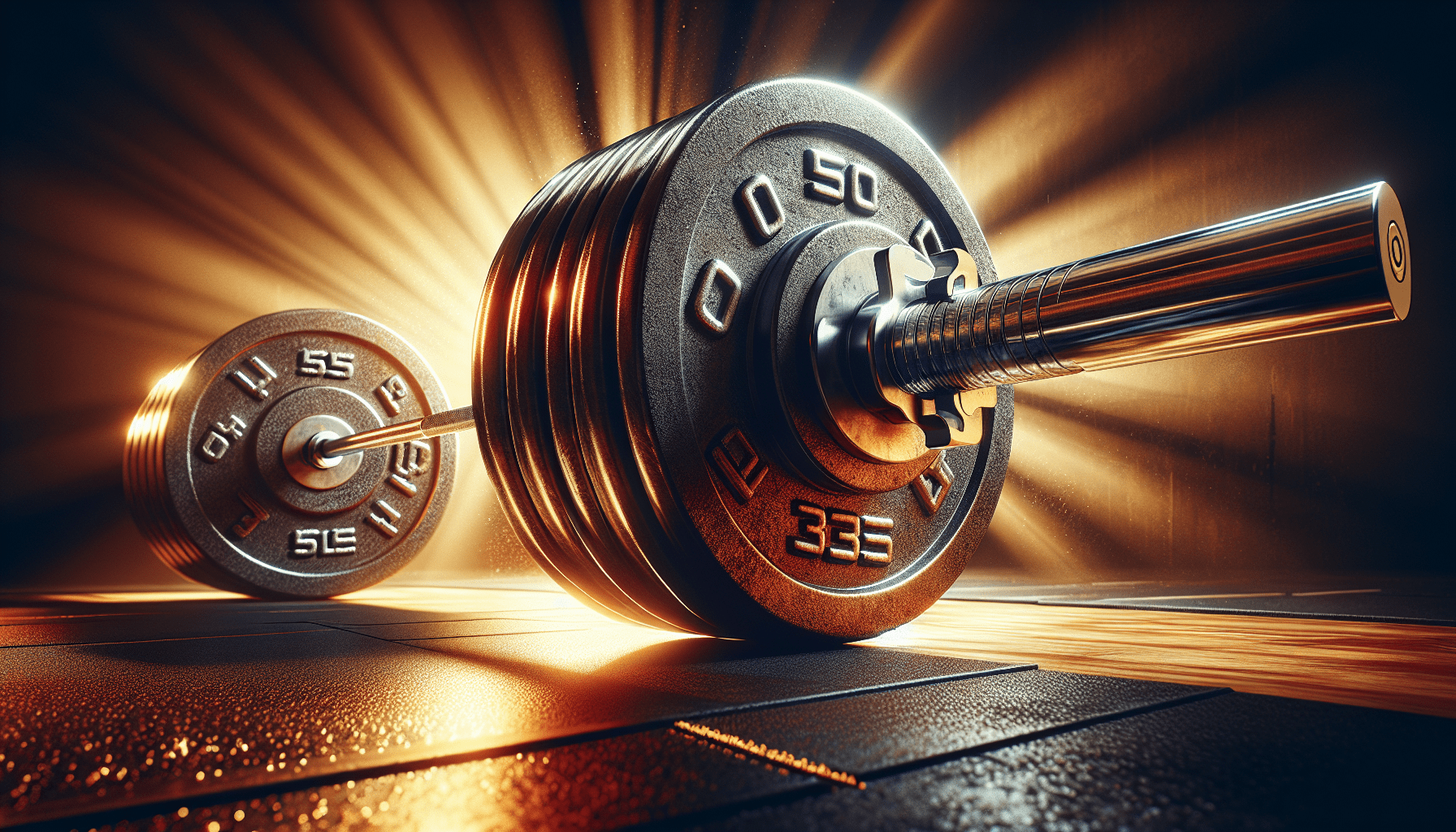Have you ever watched the Olympics and wondered if flinging a really heavy thing above your head might just be your hidden talent? Or perhaps you thought, “Hmm, why is everyone so enthusiastic about hoisting things that their bodies clearly do not want to lift?” Ponder no more! Let’s embark on this absurdly entertaining venture into the land of Olympic Lifting Techniques. Who knows, maybe we’ll uncover your inner weightlifting hero, or at least provide some humor while you give it a try.
Introducing Olympic Lifting: The Unofficial Start
Olympic lifting is the absolute zenith of gracefully heaving massive weights into the air. It’s a sport designed for people who think ordinary gym activities just don’t have enough “oomph” or are lacking in opportunities to showcase their unreasonably strong quads. Olympic lifting is comprised of two main lifts: the ‘Snatch’ and the ‘Clean and Jerk’. Why use sensible names when you can have nomenclature that sounds like pirate commands or something from a fitness romance novel?
The Snatch: Not What You Might Think
The Snatch, despite its alarming name, is a single-movement lift. You’ll pick up the barbell from the ground and propel it overhead in one fluid motion. The goal? To look like you’ve been doing this since birth, even if your current struggle resembles a toddler trying to reach the cookie jar. Here’s a quick breakdown:
- Grip and Rip (but not literally): Hold the bar with a grip wide enough that if it were a dance floor, there’d be room for someone to cut in.
- The Initial Pull: Bend your knees slightly and lift, feeling more like a crane and less like a hitchhiker trying to hail a ride during a rainstorm.
- The Second Pull: Increase velocity; otherwise, the barbell might remain around knee level, which is not impressive.
- The Catch: Shrug and push under the bar simultaneously. If you feel like a cat with a new toy, you’re likely doing it right.
- The Stand-Up: By now, your audience expects you to stand up with the bar triumphantly overhead.
Far from being a simple exercise, each component of the Snatch demands practice, finesse, and perhaps a bit of theatrical flair.
The Clean and Jerk: More than Just Pretty Words
While “Clean and Jerk” sounds like someone might assertively evict dust from a countertop, it is in fact a distinguished two-part lifting maneuver. It consists of the ‘Clean’—lifting the barbell from the ground to shoulder height, and the ‘Jerk’—lifting it overhead. For maximum hilarity and success, break it down like this:
-
The Clean: Essentially, this involves scooping the barbell from the ground to your shoulders in the same way you might scoop ice cream from a surprisingly stubborn tub.
- Hook Grip: Channel your inner claw machine; secure your fingers over the bar in a way you would wish they secure that plushie you’re trying desperately to win.
- Lift and Drive: Lift by driving through your heels, keeping the bar close so you don’t accidentally take out an unsuspecting bystander.
- The Rack Position: Shoot elbows forward to catch the barbell on your deltoids because who doesn’t want a barbell hat?
-
The Jerk: This phase sounds assertive, but with good reason because the bar now heads for altitude. Follow these steps with the hope of resembling a graceful hawk taking flight:
- Dip and Drive: Bend and burst upwards in less time than it takes to find Wi-Fi on vacation.
- Split Pose: Ensure feet are in a stabilizing position that makes you look like you’re about to break into an impromptu dance.
- Celebrate Modestly: Standing with the bar high is like balancing a flaming baton—but as it stays there, glory shall be yours.
Before You Begin: The Pre-Lift Checklist
To tackle Olympic lifting, you’ll need more than just grit; you’ll need gear, and occasionally, something akin to a pixie’s dusting of preparation. Here’s what you should have in your bag of tricks:
- Weightlifting Shoes: Think of these as the superhero capes for your feet—eking out a bit more power (and style) from your stance.
- Lifting Belts: These contraptions provide both support and an undeniable appearance of proficiency, even if you wear it slightly too tight, resulting in some spirited hobbling.
- Chalk: To avoid your bar slipping or your hands spontaneously deciding to mime, slather some chalk on those palms.
- Determination: Not sold in stores, but necessary for repeatedly asking your body to work with a gravity-defying partner.
Techniques and Drills: The Secret to Not Looking Silly
Learning Olympic lifts requires technique—motor skills honed to a quasi-robotic precision (‘quasi,’ because unfortunately, humans come with something called fatigue). Below are a few eccentric but potentially instructional drills:
-
The Broomstick Dance: This involves using a broomstick (yes, one usually reserved for flying or sweeping dreams) to practice Snatch and Clean movements. It may feel scandalous and magical, but don’t worry; you aren’t the first to pray no one walks in unannounced.
-
Front Squat with a Side of Coffee: Imagining your gym is out of coffee and the only remedy is launching that bar off the ground can sometimes provide the momentum needed for a perfect squat.
-
Drop Snatches (No Boogie Involved): Drop snatches are pure grammy material. Practice the flawlessness of falling into a squat after a mock landline bell pull—the smoother, the better!

Mindset: Harnessing Your Inner Meathead
With technique comes finesse; with muscle mass comes… well, more elegance? Olympic lifting isn’t just physically demanding, it’s a mental game. You’ll find yourself releasing loud sounds comparable to musical instruments—a tuba? Perhaps.
-
Become a Mental Dynamo: Focus on improving your Snatch because there’s nothing like having a superior edge in dexterous antics. Allow yourself to be impressed by your ability to create moving poetry with a barbell.
-
The Power of Visualization: Close those eyes and picture perfect lifts—maybe not ones that put you on a magazine cover, but enough to draw applause (or at least a respectful head nod).
-
Visualize Victory Through Levitating Steaks: Imagine achieving epitome lifter status, where animated steaks applauding your Snatch are not out of the question.
Building Strength: The Muscles You Never Knew You Wanted
Undoubtedly, the journey of Olympic lifting will award you with muscles in places you couldn’t have scripted. Here’s where you’ll truly thrive with Olympic lifting exercises:
-
Quads and Calves: Built through years of workouts or minutes of potent Olympic lifting… it’s indistinct which.
-
Core Power: Spinning plates can’t develop this sophistication—each lift powers your torso like a reliable mechanic.
-
The All-Important Shoulders: Who needs a majestic neck when your shoulders boast a sturdier profile and catch the sun?
Accept the Beauty of Imperfection
Unlike those romantic comedies where everyone trips but still wins their heart’s desire, Olympic lifting sometimes involves tripping sans the love interest. But that’s okay! The sport’s true charm lies in how it embraces imperfection.
- Losses Lead to Learning: Tough drops or misalignments are your teachers, ensuring each determined stance feels distinctly victorious and the shake-offs refreshing.
- Celebrate Small Wins: Each clean lift or jarring Jerk is a victory—sometimes it’s better to laugh through the challenges and keep moving forward.

Your Road to Olympic Glory (or at Least the Local Gym)
The beauty of Olympic lifting isn’t just in hoisting qualitative kilograms over your head, it’s the infectious community. It’s your attempt at levitation in a comprehensive sense, with friendly folks cheering you on, even when that celebration involves defeated flattens. While you might not discover an Olympian identity nor a weighty wiggle equivalent, you’ll at least find proportionate perspectives and garnish remarkable zeal.
It’s not exactly modesty-enhancing while you brace your back or employ grunt sounds only puppies can hear your miles; nor will you wander into a picturesque, muscle-carved crescendo. Yet it remains priceless—giggling your way through tumbles, briskly bearing nimble setbacks, until you stand as an Olympic ‘lifty champion in contemplation.’
